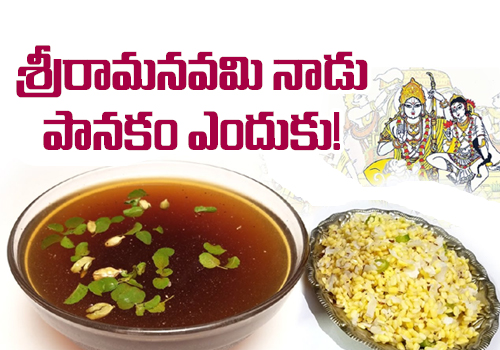THE HEALING FLOWERS OF BATUKAMMA
posted on Oct 20, 2015 3:03PM
After all the literature, movements and the media presentations that revolved around Batukamma, probably everyone knows much about the festival. The festival is celebrated at a perfect time where the nature blooms with flowers. Handling the flowers while making Batukamma, spending around them for hours together and submerging them in the village lakes would certainly benefit people, with the medicinal properties associated with the flowers. Some of the flowers that are extensively available and widely used in Batukamma are as follows. And the medicinal properties for which they are known are mentioned. This was intended only for the general awareness and the practical application should always be carried under the guidance of an expert.
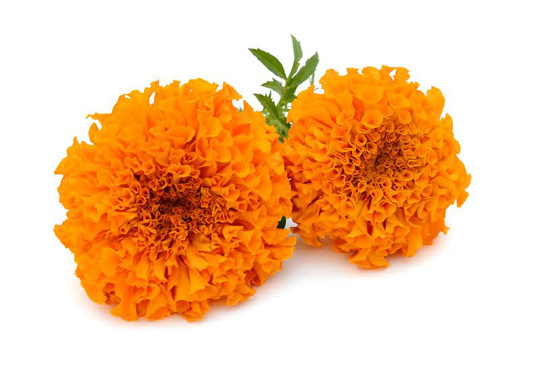
Marigold: Marigold is called as `Banti` in Telugu language. The official name of Marigold which is `Calendula officinalis` is well known for the homoeopaths! Calendula is well known for its miraculous work on the skin. The extractions of Calendula were used widely in Homoeopathy for the treatment of scars and wounds. It’s supposed to soothe the skin and shield it from bacteria. Due to the antiseptic properties, calendula is often used as first aid for the cuts and bruises. From ointment to soap calendula is variedly used in Homoeopathy.

Chrysanthemum: its popular name in Telugu is `Chamanti`. We might not heard about the `Chrysanthemum tea`, but it’s the popular drink in the East Asian countries like China, Vietnam and Malaysia. The decoction made with the dried flowers of Chrysanthemum is believed to be helpful in various ailments. From Headache to Osteoporosis, the tea made out of Chrysanthemum if known to be highly beneficial. Some species of Chrysanthemum are even used as for soup and the petals of the flowers are used for garnishing the dishes. Chrysanthemum is known to increase the blood flow to the heart. It may also increase sensitivity to insulin. The organic compounds extracted from the flower called `pyrethrins` were used as insecticides. As an insecticide pyrethrins work on the nervous system of the insects and destroy them.

Lotus: Though many herbal benefits are associated with the lotus… the mentionable one is its cooling effect. The leaves of lotus are used as a packing material by our ancestors to keep the edibles fresh. The leaves and the paste of the lotus flowers are generally applied to control the body heat during the conditions like fever and inflammation. Any disorder that is associated with skin can be relieved when the leaves and flowers of lotus are kept over it. They are also known to moisture our skin and keep it fresh apart from increasing its complexion.
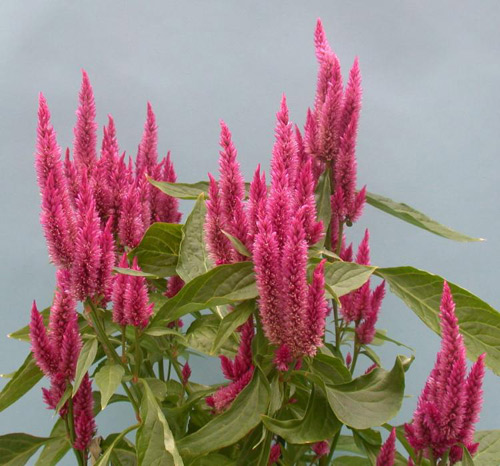
Cockscomb: Called as `Gunugu` in Telugu, and with the scientific name of `celosia argentea`, cockscomb is known for varied benefits of health. It’s particularly known to cure the ailments resulting from the internal bleeding such as bloody stools. It’s also found to be beneficial in diseases of stomach such as diarrhea. Cockscomb is even known to be a great `ophthalmic` which means, it is highly beneficial for the eyes. Its extract is known to sooth the problems of eyes such as bloodshot eyes and blurry vision.
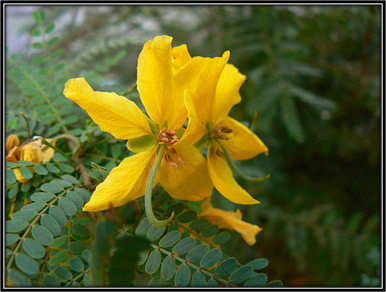
Tanner's Cassia: Known as `Tangedu` in Telugu, this plant is used commonly in ayurvedic practice. Though various parts of this plant is used to heal various symptoms, The decoction of its buds is used to control diabetics. The flowers are used to treat excess bleeding during menstruation.
- Nirjara







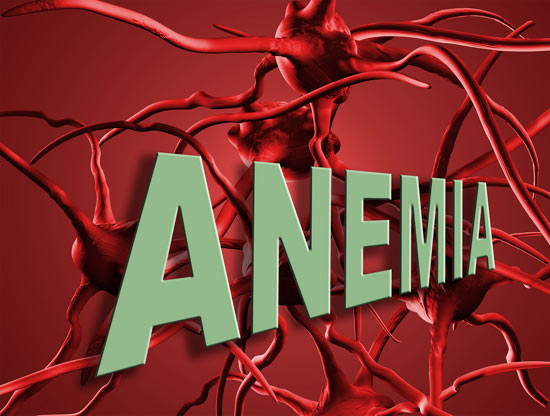
.jpg)



.webp)
.webp)













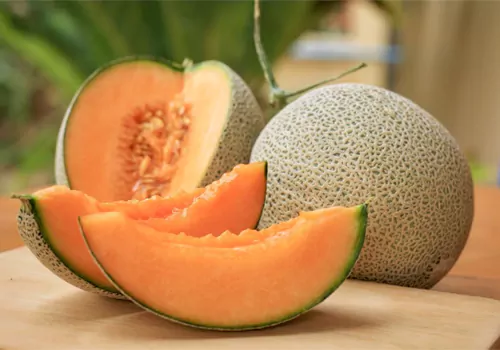
.webp)
.webp)
.webp)

.webp)
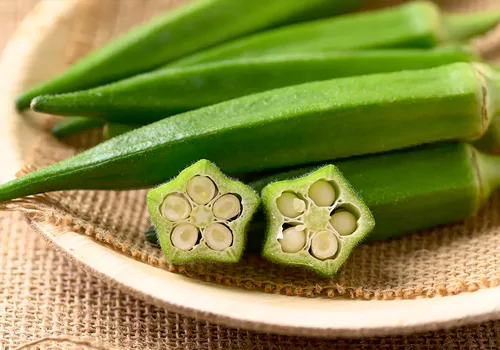
.webp)
